Over the past four years, a big shift has taken place in the market for one of the world’s fastest growing and most important energy sources.
Japan, long the world’s leading consumer, investor and distributor of liquefied natural gas (LNG), has seen its position overtaken by China. In 2021, China became the largest importer of LNG, and this year, according to data from BloombergNEF, China now has the most long-term LNG contracts, is expanding its LNG infrastructure, has a growing presence in markets traditionally dependent on trade with Japan — such as Qatar and Malaysia — and is even increasing imports from the United States and Australia.
For countries like Malaysia, Qatar and Australia, China’s growth has been responsible for nearly all of their increase in LNG exports over the past five to seven years. And China’s role is expected to increase as the country expands its LNG port infrastructure and carrier fleet, putting it in direct competition with Japan’s major LNG importers, including utilities such as Jera and Osaka Gas and trading houses Mitsui, Mitsubishi Corp., Marubeni, Sumitomo and Itochu.
“We still believe that more LNG growth is coming from China,” said Ziyue Daniela Li, a senior associate with BloombergNEF’s Asia-Pacific gas team.
The potential impacts are varied.
Japanese companies, long accustomed to being the sole bidder for long-term contracts, could see themselves outbid by China. Traders, on the other hand, may see increased competition and cost-cutting when reselling LNG.
That competition will inevitably create winners and losers among those firms, but when it comes to curbing emissions, there is no victory to be found. Indeed, China’s growth, alongside Japan-led investments in LNG power plants, ports and pipelines in South and Southeast Asia, is almost certainly going to lead to increased fossil fuel production, just as scientists implore the world to shift away, rapidly, from all dirty energy sources.
Energy security
With few fossil fuel sources of its own, Japan has long been dependent on imports to fuel its power plants, factories and transportation infrastructure. At 87.2%, Japan has among the highest net energy imports of any OECD country, compared to 35.8% for India and 69.8% for Germany.
“Japan doesn't have a lot of its own natural resources,” said Yuriy Humber, the founder of Japan NRG, a Tokyo-based energy intelligence company. “So Japan has to be able to plan its own energy needs in a rather conservative way to ensure that, in case of emergency, (like) a sudden surge in demand, it's able to fulfill its own sort of energy needs.”
After the end of World War II, coal and petroleum imports were the main sources of energy. But that would change in 1969, when the first ship transported LNG from Alaska to Japan.
Japan has been hooked ever since.
Over the next three decades, Japan would build the world’s largest LNG infrastructure, and it became the largest consumer of the fossil fuel, with Indonesia and Malaysia being its primary sources in the early days. In fact, many credit Japan’s rapid economic growth in the late 20th century to the ready availability of cheap LNG.
“Japan is not only a big importer, but (its) companies are important players in the (international/global) LNG trade sector,” said Humber.
From 1969 until 2021, Japan was largely the biggest importer of LNG on an annual basis, with growth picking up after the March 2011 meltdown at the Fukushima No. 1 nuclear plant led to the country’s entire nuclear fleet being shut down. Japan was able to maintain stable LNG prices due to its ability to sign medium- and long-term contracts, which was most clear when LNG prices spiked globally — but not in Japan — after Russia’s invasion of Ukraine in early 2022.
Japanese companies and state-backed agencies such as the Japan Bank for International Cooperation (JBIC) and the Japan Organization for Metals and Energy Security (JOGMEC) play a key role in natural gas and LNG projects around the world, providing loans and concessionary finance for gas production and export infrastructure projects in Mexico, Malaysia and Australia, among others.
“LNG has a lot of positives,” said Filippo Pedretti, an assistant researcher at Japan NRG. “It’s easily deployable, cheap and seen as a cleaner source of energy compared to oil and coal, and Japan believes LNG can be a useful source towards transitioning towards a cleaner economy.”
Wesley Morgan, a research associate at the Institute for Climate Risk and Response at UNSW Sydney, believes that Australia’s massive LNG expansion in the past decade would not have been possible without Japan.
“Energy security anxieties in Japan mean a tendency to see Australian gas as essential for energy supply,” Morgan said. “Japanese investment is really crucial in propping up Australia’s gas exports.”
China’s LNG growth
In many ways, China’s economic rise and growing energy demand echoes Japan’s past, with energy security concerns related to the Russia-Ukraine war also playing a role, says Pedretti.
“China’s LNG development strategy is trying to follow a similar path to Japan,” said Pedretti. “They try to diversify sources, build domestic infrastructure, but their situation is also different as they have their own gas resources and buy pipeline gas from Russia and Turkmenistan.”
China’s rise in this market came just as Japan peaked. According to the International Energy Agency, Japan’s LNG imports began falling in 2015, due to less energy demand from a shrinking population, greater energy efficiency and more power generation from solar and wind.
Though the potential growth of data centers and energy for AI might change projections, many believe that LNG demand in Japan is in long-term decline. But because of long-term contracts, which can be as long as 25 years, this has created a challenge, as companies like Jera now have more LNG than their customers in Japan need.
One way to deal with that is to offload excess LNG to other countries. In fact, through initiatives such as the Asia Zero Emissions Community (AZEC), Japan has been increasingly pushing LNG as a transition fuel in South and Southeast Asia, touting it as a low-carbon alternative to coal. This has allowed Japanese companies to not only offload excess capacity, but also benefit from exporting gas turbines, pipelines and LNG terminal technology.
“Japan is aggressively promoting the expansion of LNG-fired power in Southeast Asia,” said Evan Gach, a program coordinator at the Tokyo-based nonprofit Kiko Network.
He’s concerned that this could result in “environmental destruction ... and increased greenhouse gas emissions in Asia.”
Many in the Japanese government have touted LNG as a cleaner alternative to oil and coal because it produces fewer emissions when burned for electricity. But scientists have urged the world to ween itself off of all fossil fuels, and recent studies have raised questions over whether LNG is even cleaner than coal when accounting for its lifetime emissions, including pollution resulting from its transportation, methane emissions and the liquefaction process to reduce its volume.
“It's a historic bet on a dangerous fossil fuel,” said Morgan of UNSW Sydney. “We can shift straight from coal to wind, solar and batteries without the need for LNG.”
Thus far, China has not been a destination for much of Japan’s excess LNG. In fact, China might also pose a threat in this area. In the not-so-distant future, China may also find itself locked into too many long-term LNG contracts and might also seek to re-export LNG abroad.
“Ultimately, slower LNG demand in China and more aggressive reselling by Chinese traders may only exacerbate oversupply and margin erosion for LNG investors,” wrote Sam Reynolds, a research lead at the Institute for Energy Economics and Financial Analysis.
Chinese companies are increasingly expanding their capability as traders. While Japan still has the largest number of LNG import terminal capacity and regasification facilities, China has many under construction and could overtake Japan in both categories by 2030.
Similarly, while Japan still has a larger LNG fleet, with 175 carriers, China has the most ships on order, with 61.
According to BloombergNEF, Chinese companies have also opened up LNG trading desks, competing directly with Japanese companies.
“Japan’s presence will eventually diminish,” said Pedretti. “They won’t be able to grow, both in terms of shipping and as a trader. But I think Japan will try to keep its presence in the market.” Reselling LNG to Southeast Asia, Pedretti added, is key to that.
Even if it does not control the market in the same way, Hiroshi Hashimoto, a senior fellow at the Institute of Energy Economics, Japan, a Tokyo-based think tank, does not see a shift away from domestic dependence on the fuel that has powered Japan’s economy since 1969.
“Japan is expected to continue requiring LNG to maintain an appropriate balance of energy sources in its future energy mix,” said Hashimoto. “LNG will not lose its role in Japan's future energy picture.”



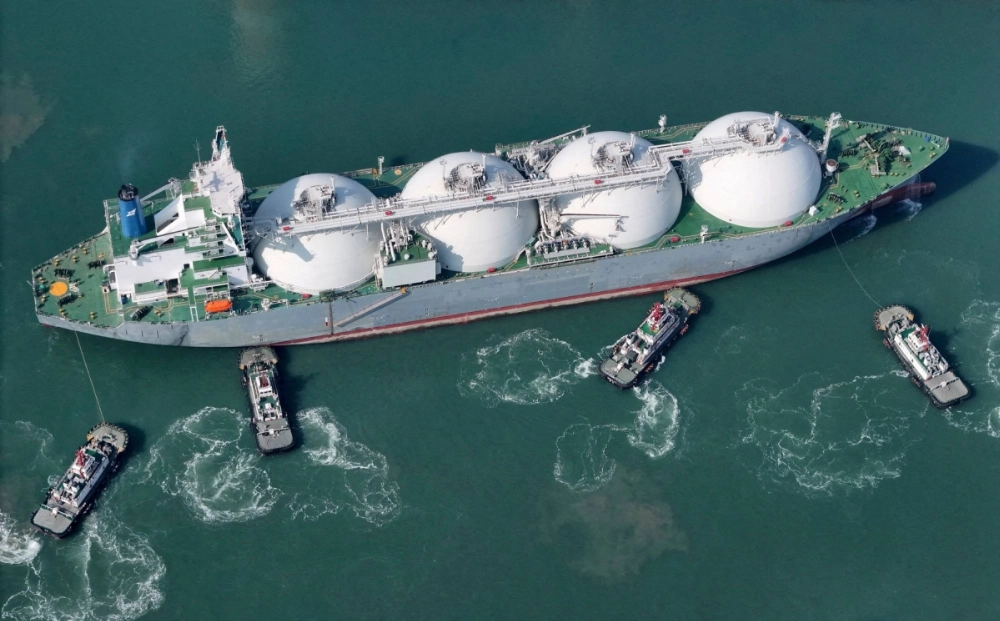


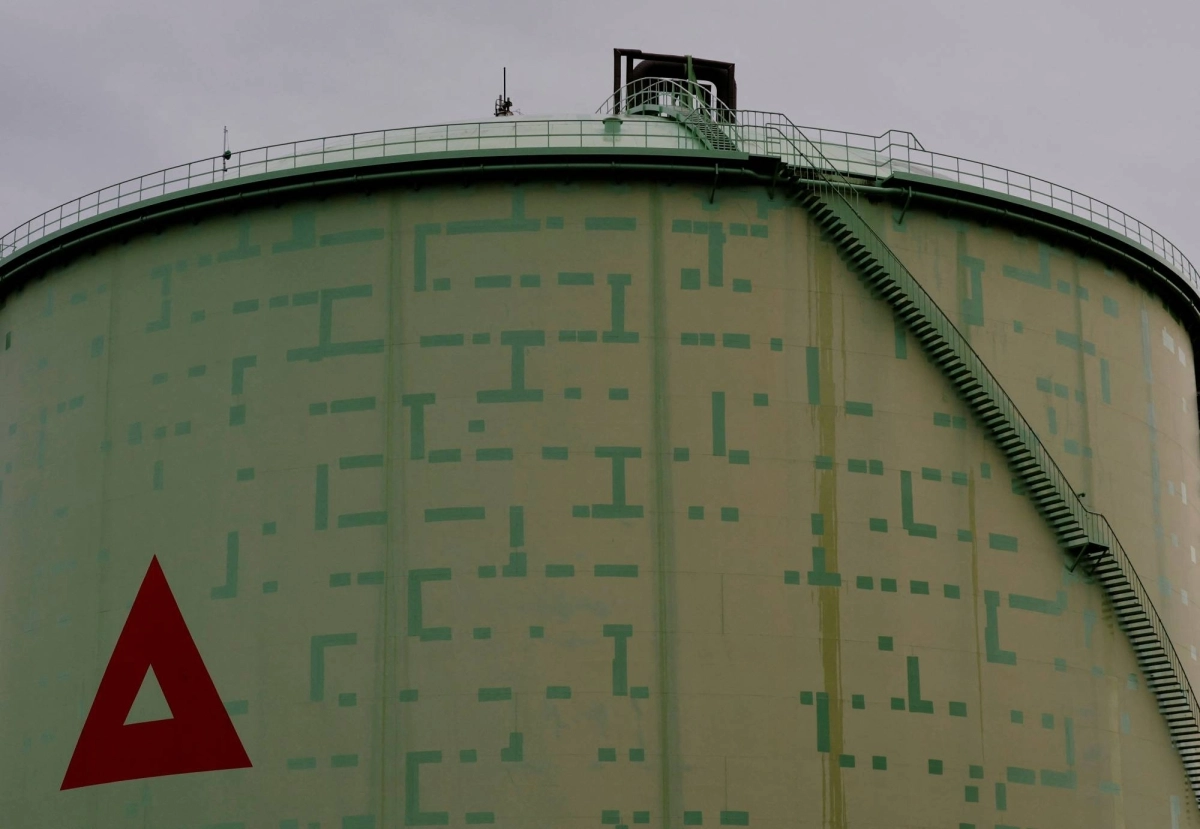
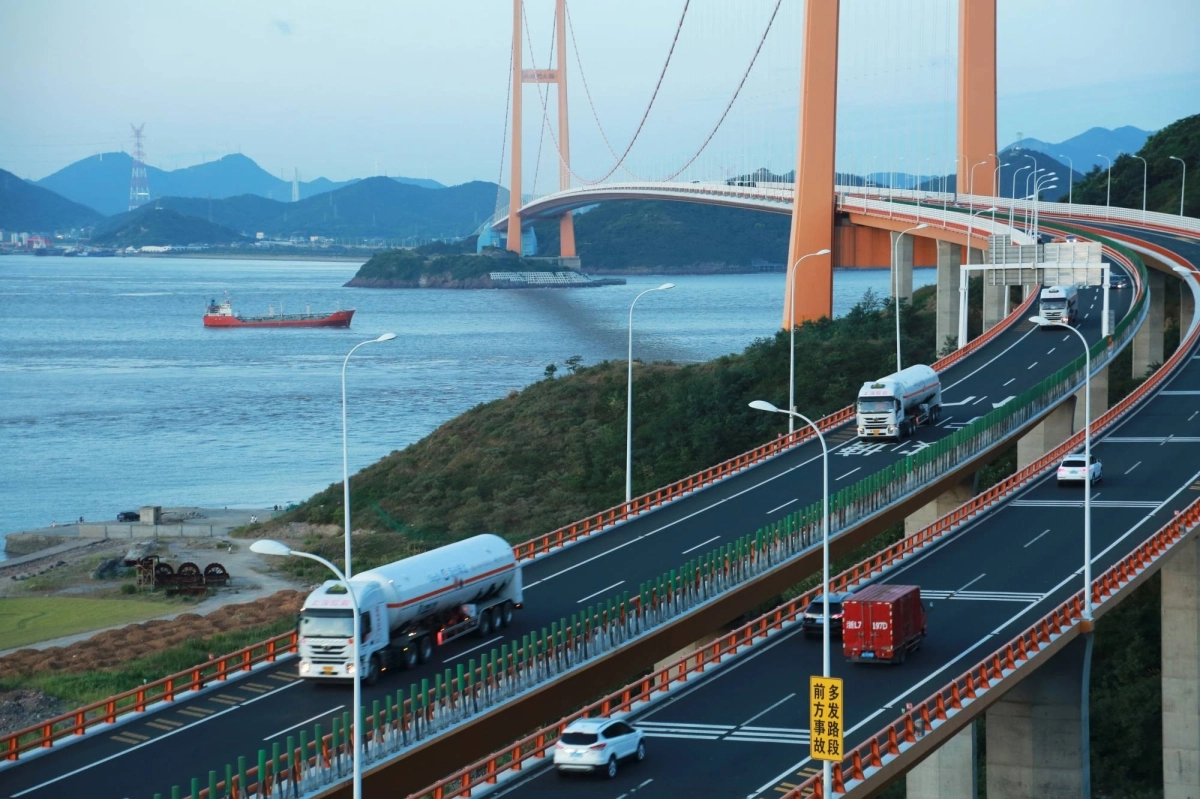
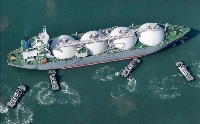
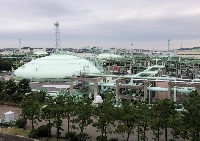

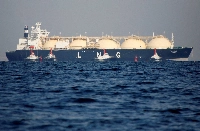














With your current subscription plan you can comment on stories. However, before writing your first comment, please create a display name in the Profile section of your subscriber account page.